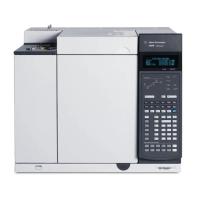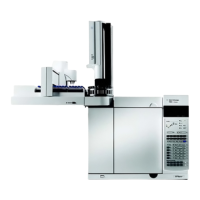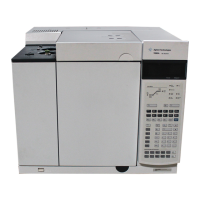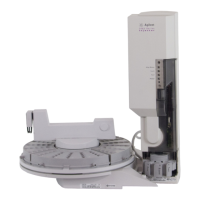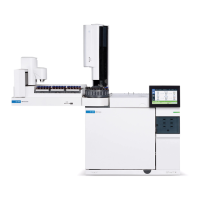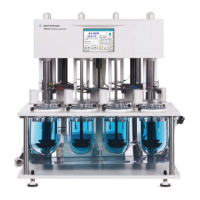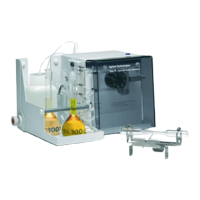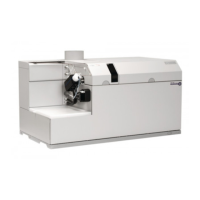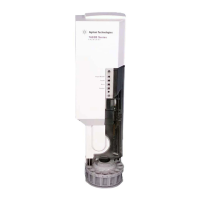Introduction
7820A GC Safety Manual 7
Hydrogen Safety
Hydrogen gas may be used as carrier gas, and/or as fuel for the FID and NPD.
When mixed with air, hydrogen can form explosive mixtures.
Hydrogen is a commonly used GC carrier gas. Hydrogen is potentially
explosive and has other dangerous characteristics.
• Hydrogen is combustible over a wide range of concentrations. At
atmospheric pressure, hydrogen is combustible at concentrations fr
om 4%
to
74.2% by volume.
• Hydrogen has the highest burning velocity of any gas.
• Hydrogen has a very low ignition energy.
• Hydrogen that is allowed to expand rapidly from high pressure into th
e
atmo
sphere can self-ignite due to an electrostatic spark.
• Hydrogen burns with a nonluminous flame which can be invisible
under
bri
ght light.
Hydrogen shutdown
Hydrogen gas may be used as a carrier or as fuel for some detectors. When
mixed with air, hydrogen can form explosive mixtures.
When using hydrogen (H
2
) as the carrier gas or fuel gas, be aware that hydrogen
gas can flow into the GC oven and create an explosion hazard. Therefore, be sure
that the supply is turned off until all connections are made and ensure that the inlet
and detector column fittings are either connected to a column or capped at all times
when hydrogen gas is supplied to the instrument.
Hydrogen is flammable. Leaks, when confined in an enclosed space, may create a
fire or explosion hazard. In any application using hydrogen, leak test all
connections, lines, and valves before operating the instrument. Always turn off the
hydrogen supply at its source before working on the instrument.
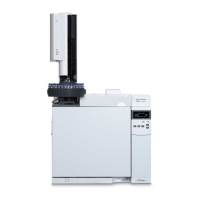
